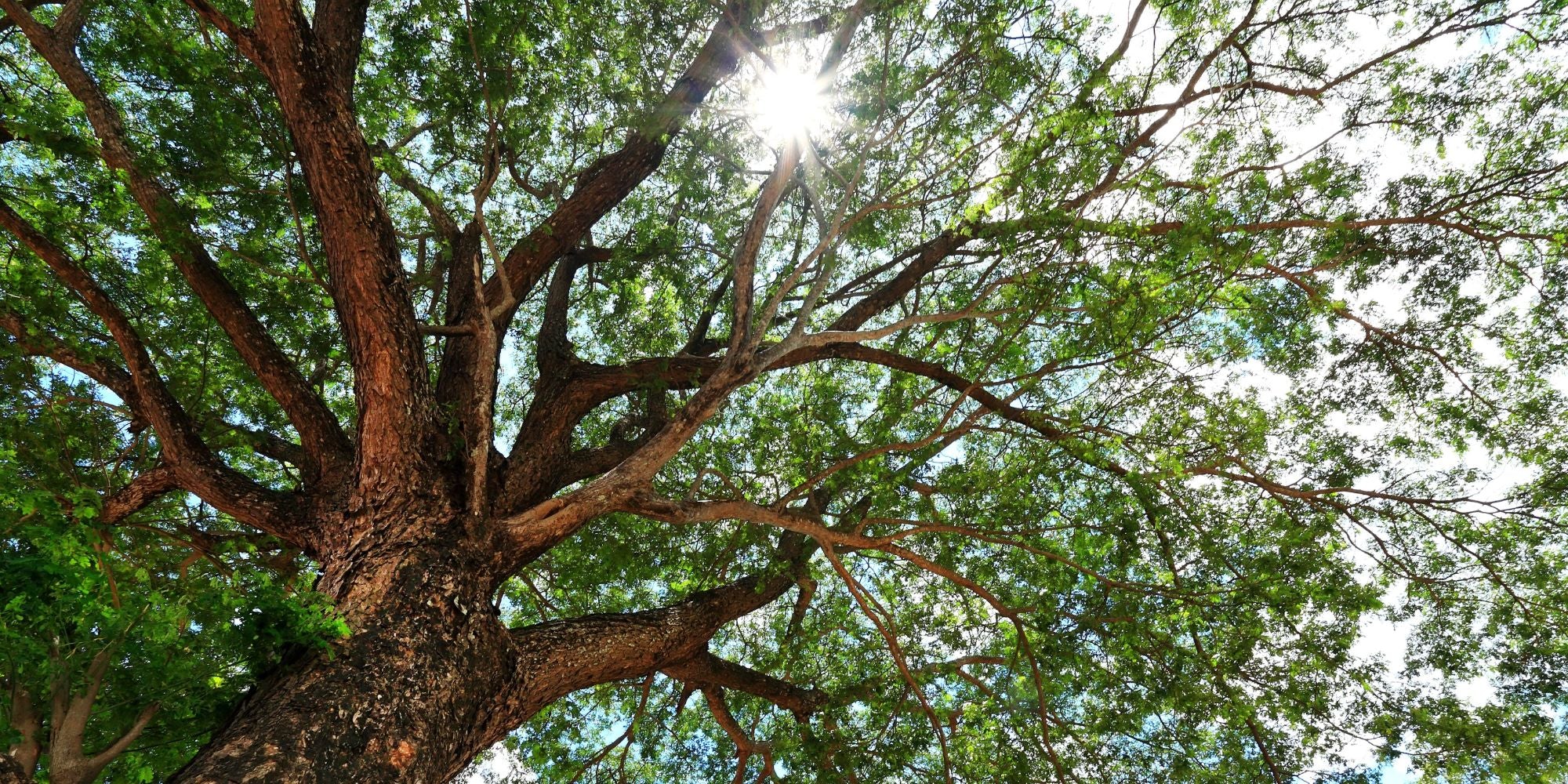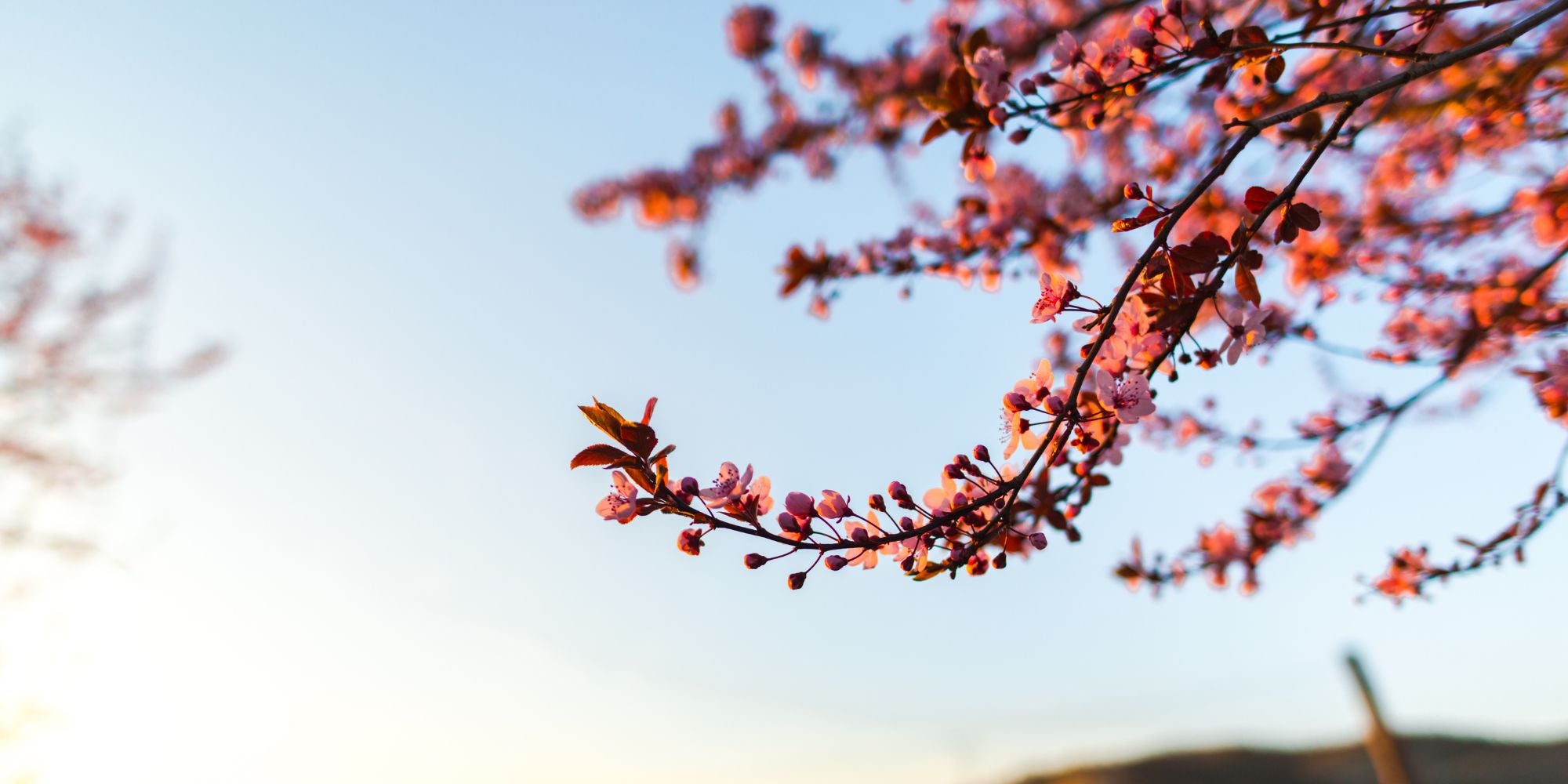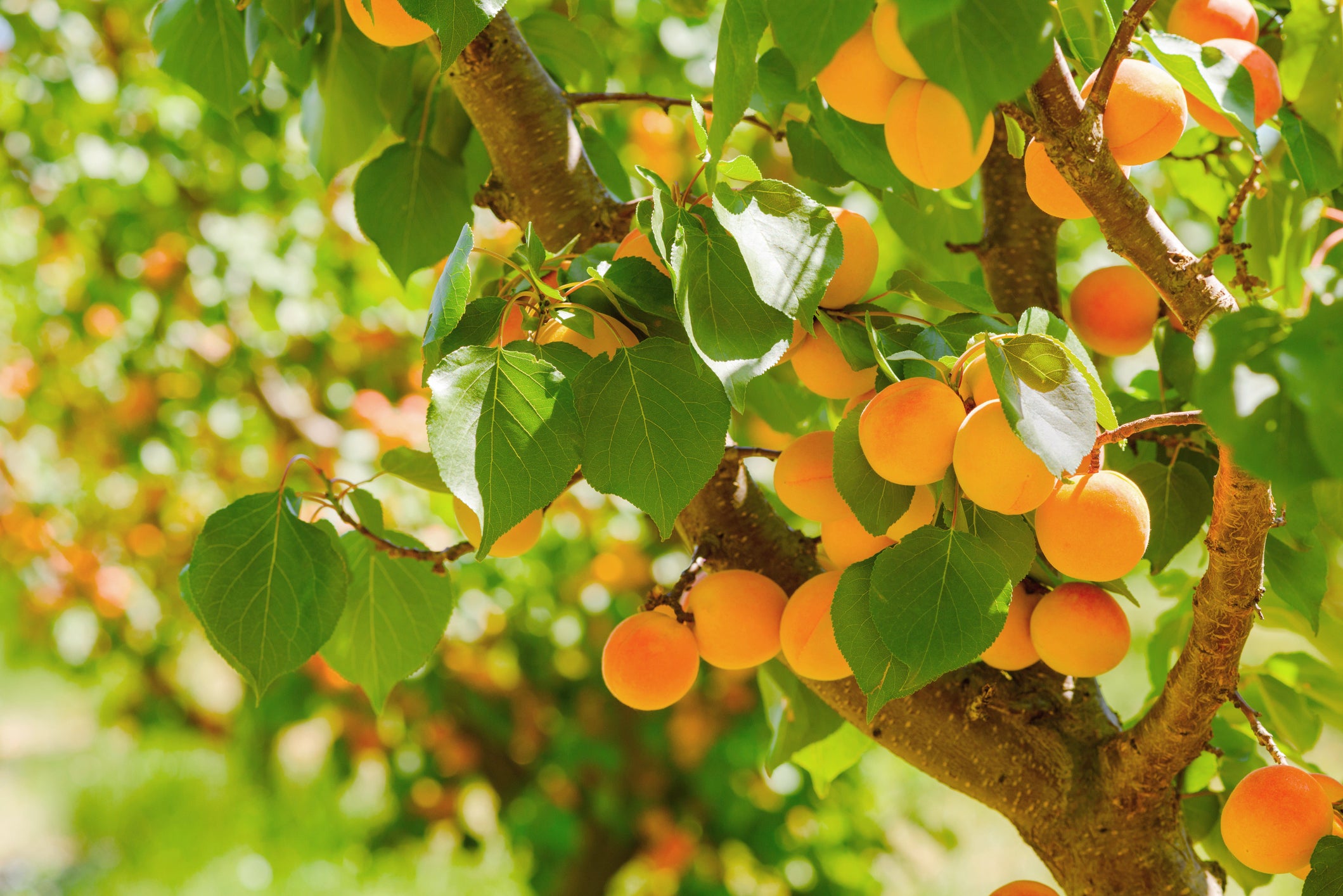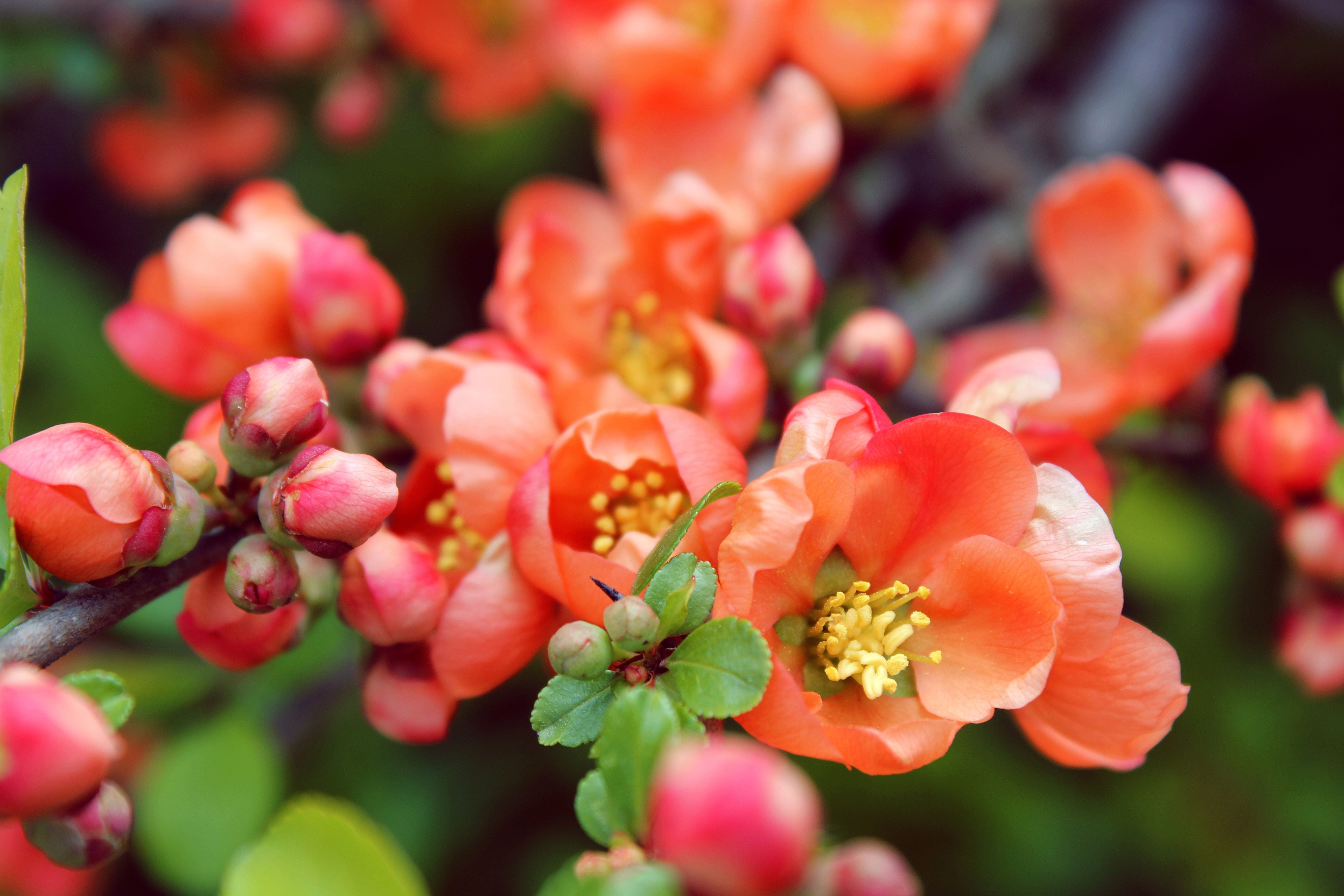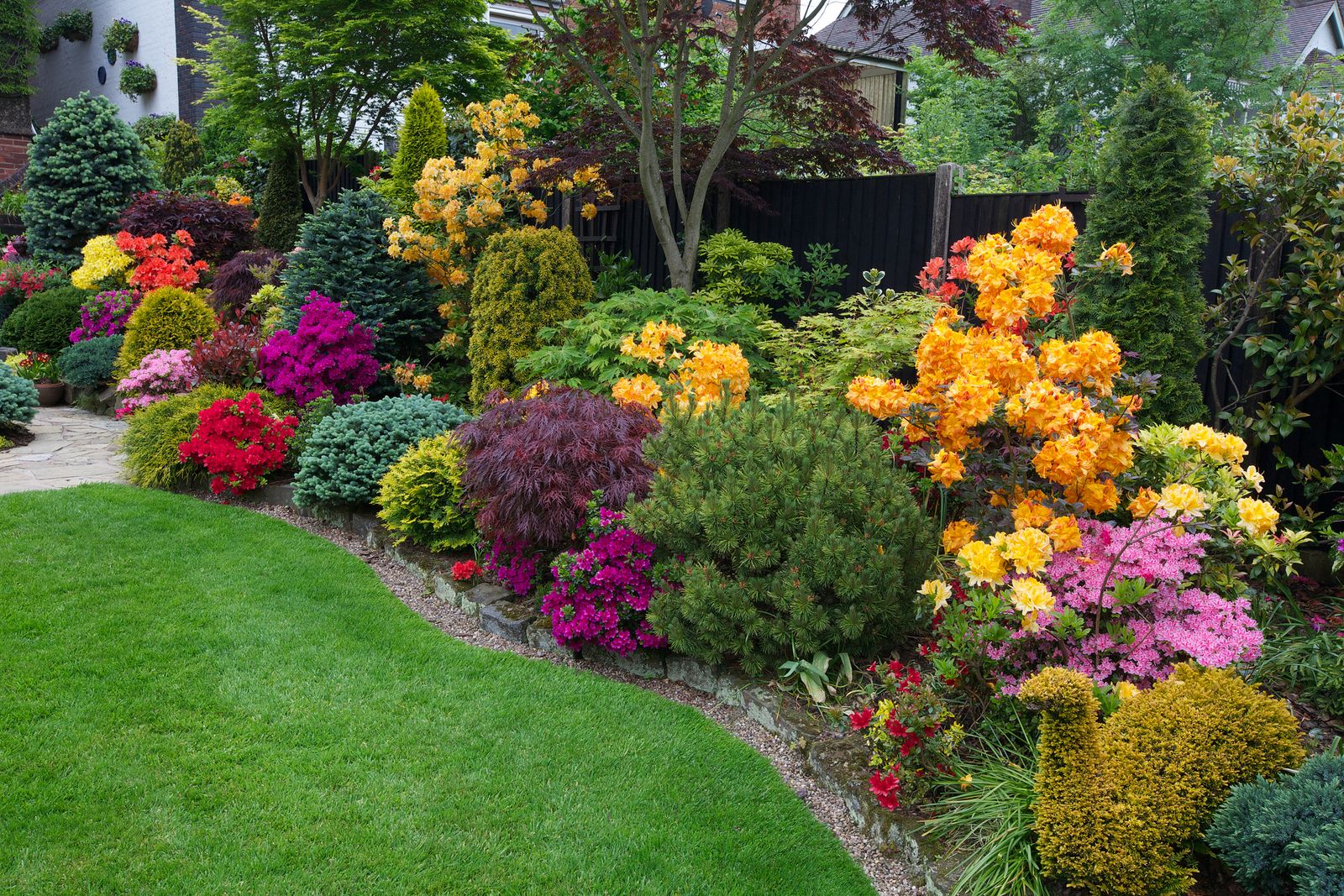Creating a Pollinator Paradise The Importance of Planting for Pollinators

Pollinators play a crucial role in our ecosystem by facilitating the reproduction of numerous flowering plants and trees. Without pollinators, the production of fruits, vegetables, and seeds would be significantly reduced. In this blog, we will explore the various benefits of pollinators in the garden and highlight the importance of planting trees that are good for pollinators.
Pollinators refer to animals that transfer pollen from the male part of a flower to the female part of another flower, resulting in fertilization and seed production. Common pollinators include bees, butterflies, moths, hummingbirds, and bats. These animals are an essential component of a healthy garden ecosystem since they contribute to plant reproduction and sustain the world's food supply.
The benefits of pollinators in the garden are numerous. Firstly, they increase plant productivity by helping plants produce more fruit, vegetables, and seeds. Secondly, pollinators play an important role in crop production since many crops require pollinators for fertilization and production. Additionally, pollinators maintain biodiversity by supporting the reproduction of various plant species, which, in turn, supports a diverse range of animals that rely on those plants for food and habitat. Finally, pollinators enhance the garden's beauty with their vibrant colors and movements.
Planting trees that are good for pollinators is essential since they provide food, shelter, and habitat for many pollinators. Fruit trees like apple, cherry, and plum produce flowers that attract bees and butterflies. Willow trees produce early spring flowers, providing an early food source for pollinators. Redbud trees produce pink or purple flowers that are attractive to bees and hummingbirds. By planting a variety of trees that are good for pollinators, we can support a diverse range of wildlife and contribute to the overall health and well-being of the garden ecosystem.


